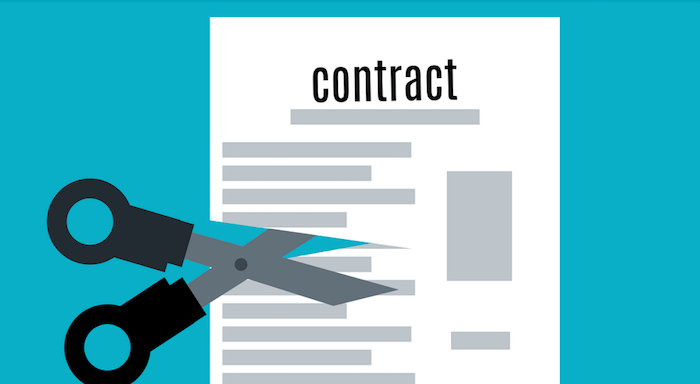If you enjoyed our last installment of the best GEICO commercials you should enjoy these gems just as much, if not more!
Understanding Auto Insurance Claims
Auto claims are complex: parts of your claim are negotiable, and other are not. Understanding the various aspects of an auto insurance claim will help you identify negotiation opportunities so that you may come to a favorable settlement outcome.
Types of Claims
A property damage (PD) claim and a bodily injury (BI) claim are two types of claims that you will potentially have to resolve following a typical loss.
The property damage claim encompasses aspects such as vehicle damage, diminution in value (DIV), personal property damage, and loss of use.
The bodily injury claim pays for medical expenses; lost wages; and pain and suffering. The bodily injury claim is concluded with a one-time settlement of the claim. You should not agree to a settlement until you have completed your treatment and recovery.
Vehicle Damage Claim
Reputable insurance carriers and repair shops utilize similar processes to assess vehicle damage. As a result, industry standard practices and pricing dictate how estimates are written and the damage is handled.
Insurance carriers will require you to obtain an estimate from a body shop, or from an independent appraiser. If the vehicle is repairable, you will need to take the vehicle into the shop of your choice to have the repairs done. Any added loss related damage found while the vehicle is repaired would be covered in addition to the original documented damage.
The insurance carrier may use original equipment manufacturer (OEM), aftermarket, or used parts to repair your vehicle. Simply put, OEM parts are brand name parts and aftermarket parts are generic. Used parts are undamaged functioning parts recycled from other vehicles. If your vehicle is older than two years it will likely qualify for aftermarket or used parts. Regardless of what parts are used, they have to meet safety and quality standards.
If your vehicle is totaled, you will receive a settlement for the actual cash value (ACV) of your vehicle (unless you pay for a broader total loss coverage.) This value is determined by verifying the sales data in your market of other vehicles of the same year, make, model, mileage, specs, and condition as your vehicle.
Diminution in Value
DIV is the change in value your vehicle experiences from its pre-loss condition to its post-loss condition following repairs. This is a difficult claim for the insurance company to evaluate and for you to prove.
Many insurance companies utilize formulas to measure DIV value. These formulas calculate the vehicle value prior to the loss and account for the complexity of the vehicle damages and repairs following the accident.
Personal Property Claim
Any personal property that was damaged inside your vehicle at the time of the loss can be submitted as part of your PD claim. For items such as computers, phones, glasses, toys, etc. you have to present supporting documentation to prove your ownership of the item and its cost. If the item can be repaired, you have to present a repair invoice.
Loss of Use
Loss of use is your inability to utilize your vehicle due to the damage caused by the accident. In its simplest form, loss of use is rental reimbursement that you are entitled to while your vehicle damage is repaired or until the insurance company can offer you a total loss settlement
For loss of use to apply, your vehicle has to be undriveable, or be in the process of having repairs done. The insurance company will not rent a Lamborghini for you while you wait to take your drivable vehicle to the shop a month following the accident. The insurance company should be flexible in placing you in a vehicle that accommodates the size of your family if your vehicle is larger than a standard four-door vehicle.
The insurance company may also offer to pay you cash for a daily loss of use rate instead of setting you up with a rental vehicle. If you agree to be “cashed out” for loss of use, the funds are yours to utilize as needed.
Bodily Injury Claim
A bodily injury claim will afford you the most negotiation room. A bodily injury claim depends heavily on your medical bills, records to gage the severity of your injury, progress, and recovery; and supporting documentation for lost wages.
Your adjuster will consider the severity of the accident and the extent of damage. Aspects such as age, gender, hobbies, profession, quality of life, etc. also play an important role. For example, a broken leg may yield a completely different payout for a personal trainer compared to a secretary.
You will always have the upper hand in negotiating an injury claim because you know yourself best. The hard work rests with proving your claim. If you are unsure of why your adjuster is presenting you with a specific offer, request a settlement breakdown document with an explanation.
If you are at a complete standstill and unable to come to an agreement when settling a property damage or a bodily injury claim, it may benefit you to consult with an attorney. Ultimately, you should protect the interest of you and your family.



